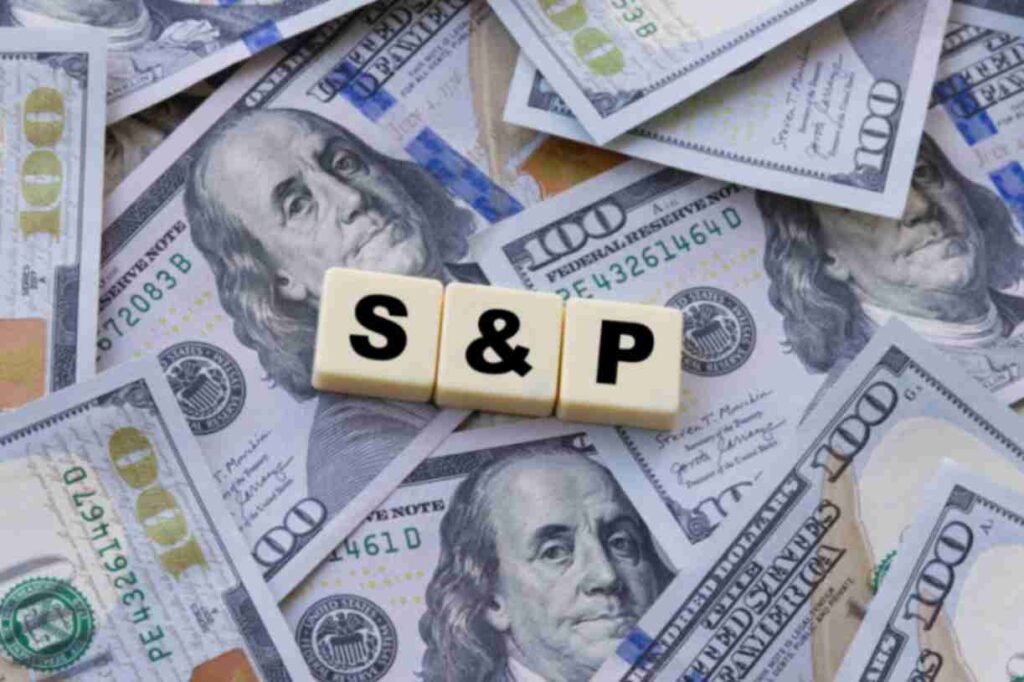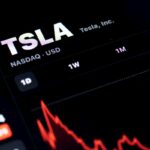When Donald Trump was sworn in for his second term on January 20, 2025, the financial markets were riding a wave of optimism, which has now significantly faded, as evidenced by returns from indices such as the S&P 500.
Notably, the benchmark index rallied sharply following his election victory in November 2024, with investors driving optimism from Trump’s promises of tax cuts, deregulation, and pro-business policies.
This momentum pushed the index to 6,049 on January 21, 2025, a day after his inauguration. However, as of April 1, 2025, there has been a dramatic shift, with the S&P 500 tumbling to 5,574, a 7.8% decline in about two months.
Picks for you
For an investor who put $1,000 into the S&P 500 on January 21, 2025, that investment would now be worth just $922, a loss of $78.
S&P 500 ETF returns
It’s worth noting that most average investors gain exposure to the S&P 500 through exchange-traded funds (ETFs) like the Vanguard S&P 500 ETF (VOO), which mirrors the index’s performance.
On January 21, 2025, VOO traded at $554 per share. By April 1, 2025, it has fallen to $510.29, reflecting the same 7.8% drop in the broader index.
The stock market’s enthusiasm after Trump’s election was rooted in expectations of a business-friendly administration. Historically, markets have responded positively to his policy proposals, such as reducing corporate taxes and rolling back regulations, which echoed his first term.
However, the change in fortune has also caused market players to blame Trump for trade tensions caused by tariffs on major trading partners, which has driven market uncertainty.
The tariffs have triggered a broader market downturn, erasing trillions in value, spiking volatility, and raising recession fears.
What next for S&P 500
Looking ahead, analysts seem split on the index’s future, but the majority believe the S&P 500 will likely find support at 6,000 by the end of 2026. For example, as reported by Finbold, Ed Yardeni lowered his 2025 target to 6,400 from 7,000 and his 2026 target to 7,200 from 8,000, citing stagflation risks and Trump-era tariffs.
Banking giant Goldman Sachs set its target at 6,200, while Morgan Stanley’s Michael Wilson warned of a drop to 5,500, with resistance at 6,100 due to policy changes and earnings concerns.
Finally, Oppenheimer’s John Stoltzfus set a 7,100 target for the index, citing artificial intelligence as the key driver, making it the Street’s highest forecast.
Featured image via Shutterstock





